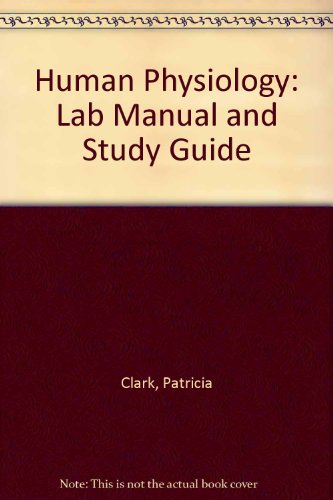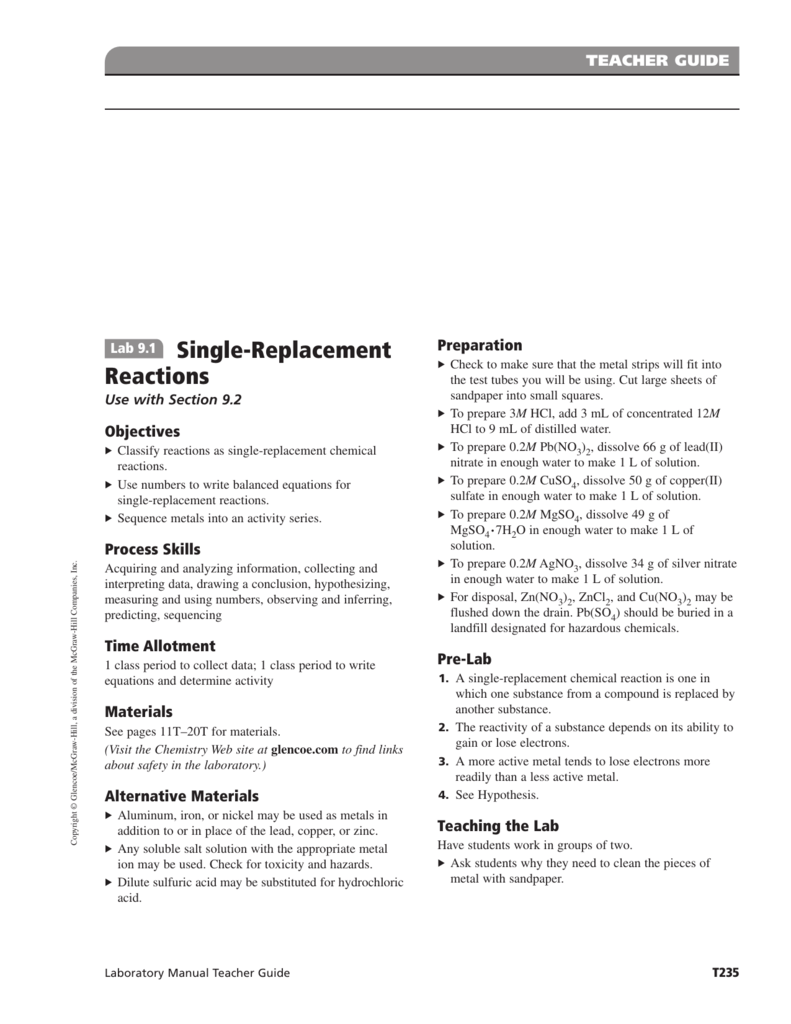Laboratory Manual Teacher Guide

You must create a new account when ordering textbooks. Your “Pipeline” username/password will not work on the Bookstore's website.
F inancial Aid may be used to purchase: textbooks/study aids, school supplies (backpacks, pens/pencils, lanyards, paper, etc.), computer accessories, and computers. You are limited to purchasing (1) Notebook Computer plus (1) tablet per academic year (August 2018 – July 2019). Clothing and gift items are not covered by Financial Aid.
Regents Living Enviroment Mr. Derek Reyna Mrs. Leslie Pcolinsky Mrs. Environmental Science Mr. John Herrington: Anatomy and Physiology Mr. Eric Stalloch.
If your Financial Aid is pending, you will be notified via the email address provided on your order.
Laboratory Manual for Exercise Physiology, Second Edition With Web Study Guide, provides guided opportunities for students to translate their scientific understanding of exercise physiology into practical applications in a variety of settings. Written by experts G. Gregory Haff and Charles Dumke, the text builds upon the success of the first edition with full-color images and the addition of several new interactive lab activities in the web study guide. The revitalized second edition comprises 16 laboratory chapters that offer a total of 49 lab activities.
Each laboratory chapter provides a complete lesson, including objectives, definitions of key terms, and background information that sets the stage for learning. Each lab activity supplies step-by-step procedures, providing guidance for those new to lab settings so that they may complete the procedures.
Gregory Haff, PhD, CSCS,.D, FNSCA, is an associate professor and the course coordinator for the postgraduate degree in strength and conditioning at Edith Cowan University in Joondalup, Australia. Haff has published more than 80 articles, centering his research on performance effects in the areas of strength training, cycling, and nutritional supplementation.
Haff is the president of the National Strength and Conditioning Association (NSCA) and a senior associate editor for the Journal of Strength and Conditioning Research. He was the United Kingdom Strength and Conditioning Association (UKSCA) Strength and Conditioning Coach of the Year for Education and Research and the 2011 NSCA William J. Kraemer Outstanding Sport Scientist Award winner. He is a certified strength and conditioning specialist with distinction, a UKSCA-accredited strength and conditioning coach (ASCC), and an accredited Australian Strength and Conditioning Association level 2 strength and conditioning coach. Additionally, Haff is a national-level weightlifting coach in the United States and Australia.
He serves as a consultant for numerous sporting bodies, including teams in the Australian Football League, Australian Rugby Union, Australian Basketball Association, and National Football League. Charles Dumke, PhD, is a full professor in the department of health and human performance at the University of Montana, where he teaches undergraduate and graduate courses. He has taught courses in exercise physiology for over 15 years, first at Appalachian State University and then at the University of Montana. He earned his doctoral degree in kinesiology from the University of Wisconsin at Madison.

His areas of interest in exercise science are energy expenditure, fuel utilization, economy of movement, mechanisms of mitochondrial adaptation, and diabetes. He has published more than 100 peer-reviewed articles on these topics. Dumke is a fellow of the ACSM and serves on several national and regional committees. In his free time, Dumke enjoys competing in triathlons, biking, running, taking on building projects with little know-how, and coaching his son in ball sports. He resides in Missoula, Montana, with his wife, Shannon; son, Carter; and dog, Rastro. Supplementary Instructional Materials All ancillaries are free to course adopters and available at. Includes most of the figures, tables, and photos from the text, sorted by chapter, to provide instructors with flexibility when creating their own customized presentations, handouts, and other course resources.
Clinical Laboratory Manual
The image bank is also available for purchase. ISBN 978-1-4925-4493-7 Web study guide. Includes electronic versions of individual and group data sheets, case studies and answers, and question sets. Additionally, 10 lab activities provide enhanced learning interactions, including video, that give an approximation of the real-world experience of performing those labs. The web study guide is also available for purchase separately. ISBN 978-1-4925-4494-4.